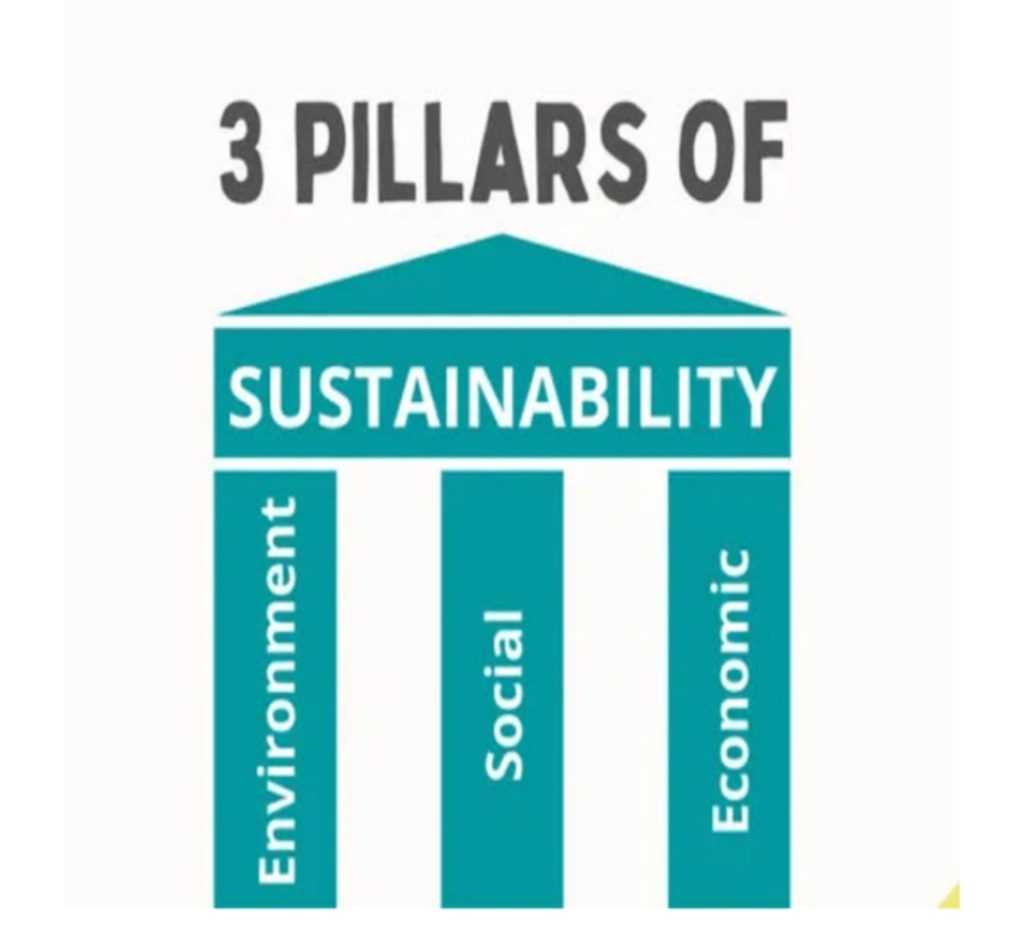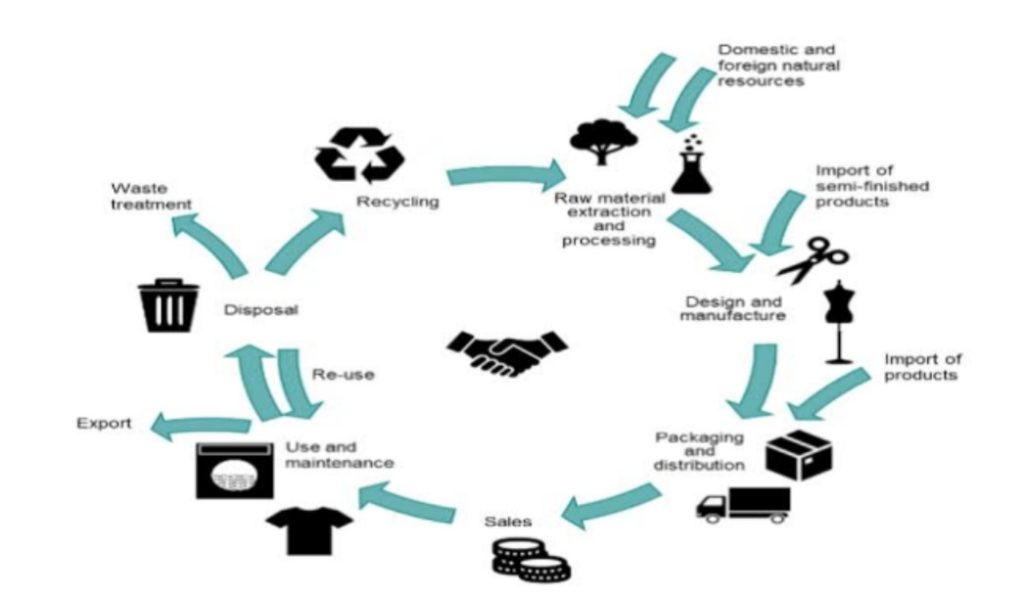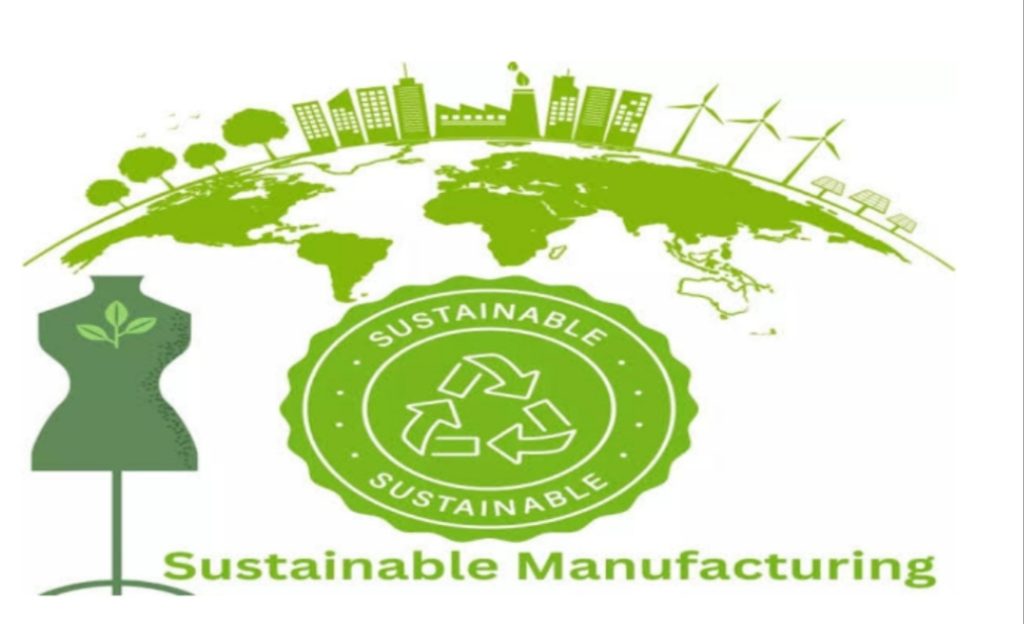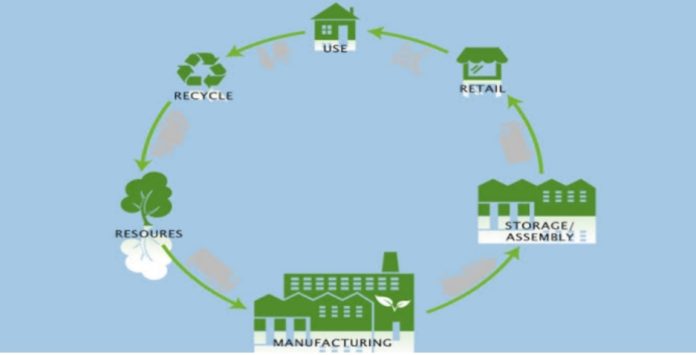Sustainability in the textile industry involves adopting eco-friendly practices, using recycled materials, and minimizing environmental impact throughout the production process. It’s crucial for addressing environmental concerns and creating a more responsible industry.
The Basic 3 Pillars of Sustainable Textile
- Environmental pillar: Environmental sustainability is the ability to maintain an ecological balance in our planet’s natural environment and conserve natural resources to support the wellbeing of current and future generations.
- Social Pillar: Social sustainability occurs when the formal and informal processes; systems; structures; and relationships actively support the capacity of current and future generations to create healthy and livable communities.
- Economic pillar: conomic sustainability refers to practices designed to create the long-term economic development of a company or nation while also managing the environmental, social, and cultural aspects of its activities. It is about balancing economic growth and generating profit with the impact on the environment and people.
Sustainable Practice in Textile Industry

Sustainable practices in the textile industry involve reducing environmental impact and promoting ethical production. This includes using eco-friendly materials, implementing water and energy conservation measures, adopting ethical labor practices, and promoting recycling and circular economy principle
By using less amounts of water, hazardous chemicals, pesticides, and fertilizers; adopting eco-friendly production processes; using less energy for production processes; and introducing 3 Rs—Reduce, Reuse, and Recycle, we can practice sustainability in textile industry.

Process to Achieve Sustainability in Textile Industry
- Current challenge : One major challenge in achieving sustainability in the textile industry is the widespread use of conventional, resource-intensive materials such as non-organic cotton and synthetic fibers. These materials often require significant amounts of water, pesticides, and energy in their production, contributing to environmental degradation. Overcoming this challenge involves promoting and adopting more sustainable alternatives, like organic and recycled materials, and encouraging a shift towards circular economy practices within the industry.
- Sustainable Materials : To enhance sustainability in the textile industry, consider materials like organic cotton, Tencel, hemp, and recycled polyester. These options reduce environmental impact by minimizing water usage, chemical inputs, and dependence on non-renewable resources.
- Water and Conservative : Water conservation is crucial in the textile industry. Implementing closed-loop water recycling systems, dyeing techniques that require less water, and promoting consumer awareness about responsible water usage can contribute to sustainability. Engaging in conversations about sustainable practices also helps raise awareness and fosters industry-wide commitment to environmentally friendly approaches.
4. Supply Chain Transparency : Ensuring supply chain transparency is vital for textile industry sustainability. By disclosing sources, production processes, and working conditions, brands can build trust and accountability. Embracing blockchain or other technologies can enhance transparency, allowing consumers to make informed choices, supporting ethical practices from raw material extraction to the final product.
5.Consumers Awareness : Raising consumer awareness is pivotal for sustainability in the textile industry. Educate them about eco-friendly materials, responsible consumption, and the impact of their choices. Transparent labeling and information campaigns can empower consumers to make
sustainable choices, driving demand for environmentally conscious products and influencing industry practices.

Conclusion : In conclusion, embracing sustainable practices in the textile industry is not just a choice; it’s a responsibility we owe to our planet. By prioritizing eco-friendly materials, ethical production methods, and mindful consumption, we weave a future where fashion is not just a statement of style, but a testament to our commitment to preserving the beauty of our world. Together, through sustainable textiles, we can thread a narrative of conscious living and ensure that every fabric tells a story of environmental stewardship.
Writer info:
Md.Mahmudul Hasan
Ahsanullah University of Science and Technology.


